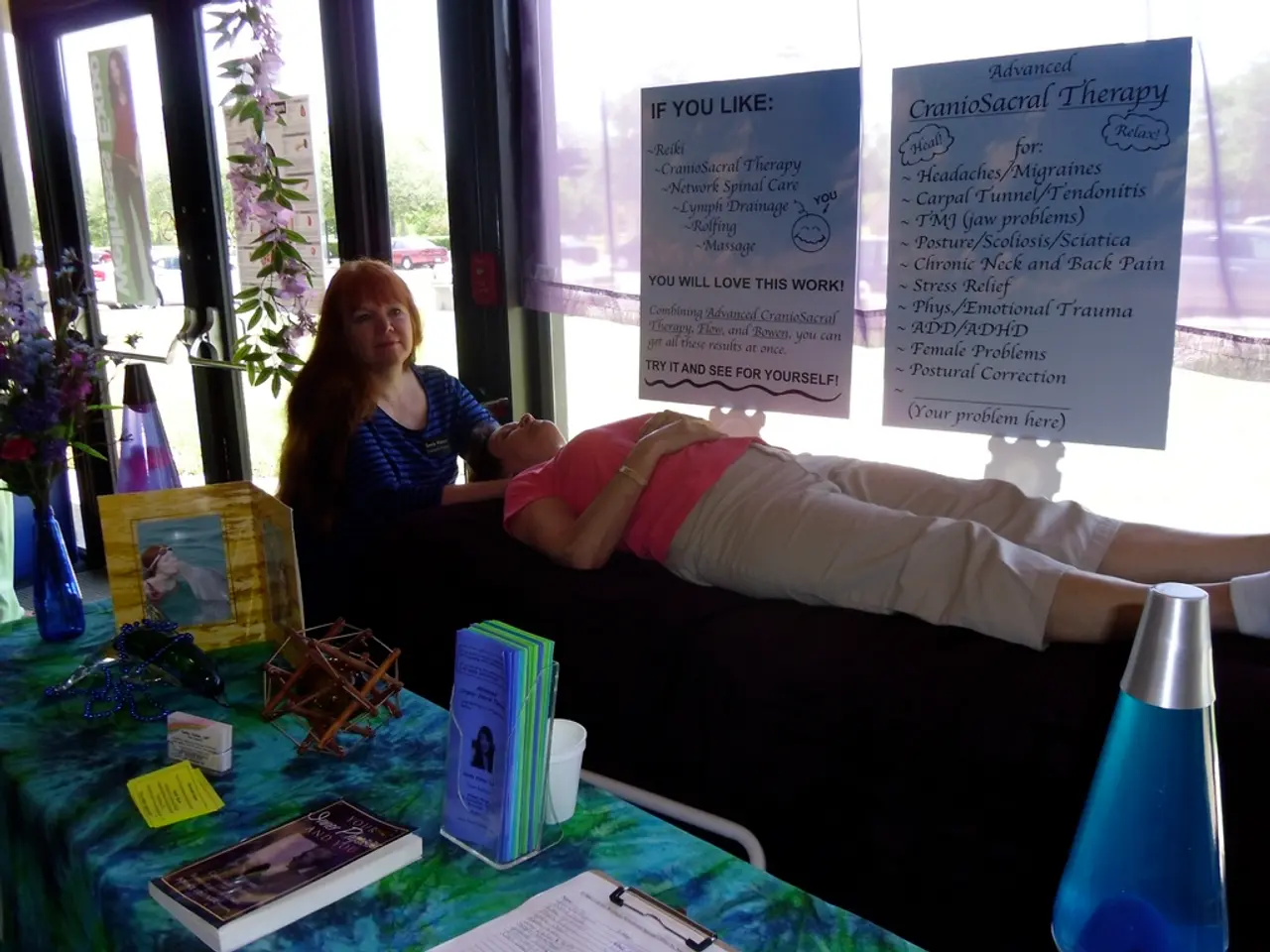Distinct Characteristics: Social Anxiety Disorder contrasted with Avoidant Personality Disorder
Social Anxiety Disorder (SAD) and Avoidant Personality Disorder (AvPD) are distinct yet interrelated mental health conditions that can significantly impact an individual's quality of life.
Social Anxiety Disorder, a recognized mental health condition, manifests as an overwhelming fear of judgment, scrutiny, and potential embarrassment in social situations. On the other hand, AvPD is a personality disorder characterized by a pervasive and enduring pattern of social inhibition, an overwhelming sense of inadequacy, and an acute hypersensitivity to the prospect of negative evaluation. The key difference between the two lies in the focus of fear: SAD fears negative evaluation, while AvPD fears rejection.
Both conditions can lead to difficulty forming and maintaining relationships. In social situations, individuals with SAD may experience fear specific to performance, while those with AvPD may have a generalized fear of socializing. These fears can manifest in physical symptoms such as panic attacks, sweating, trembling, and blushing. However, these symptoms may be less intense in AvPD.
Cognitive-Behavioral Therapy (CBT) is a key treatment for SAD, helping individuals challenge and reframe anxious thoughts and behaviors, and using exposure therapy to gradually expose individuals to feared social situations. Gradual exposure to feared situations is also beneficial for individuals with both SAD and AvPD, helping them build confidence and reduce anxiety in social scenarios.
Long-term psychotherapy, such as psychodynamic therapy or dialectical behavior therapy (DBT), can be beneficial for treating AvPD, delving into the underlying causes of avoidance patterns and helping individuals develop healthier coping mechanisms. Practicing self-compassion is essential for combatting negative self-perception in both SAD and AvPD, and learning to treat oneself with kindness and understanding can be transformative.
Medication, particularly antidepressants like Selective Serotonin Reuptake Inhibitors (SSRIs), can be a valuable adjunct in managing symptoms associated with SAD. While there is no specific medication for AvPD, antidepressants and mood stabilizers may be prescribed to manage symptoms.
It's possible to have overlapping symptoms or to be diagnosed with both SAD and AvPD, making treatment more complex. In such cases, a comprehensive treatment plan, often involving a combination of therapy and medication, may be necessary.
Joining support groups tailored to SAD or AvPD can provide a sense of community and understanding, as well as an opportunity to share experiences and coping strategies with peers. Therapy is a potential coping strategy for both conditions.
The first step in seeking help for these disorders is to reach out to a mental health professional for an evaluation and to discuss suitable treatment options tailored to your needs. With appropriate treatment and support, individuals with SAD and AvPD can experience significant improvements in their quality of life.
Read also:
- Peptide YY (PYY): Exploring its Role in Appetite Suppression, Intestinal Health, and Cognitive Links
- Toddler Health: Rotavirus Signs, Origins, and Potential Complications
- Digestive issues and heart discomfort: Root causes and associated health conditions
- House Infernos: Deadly Hazards Surpassing the Flames








